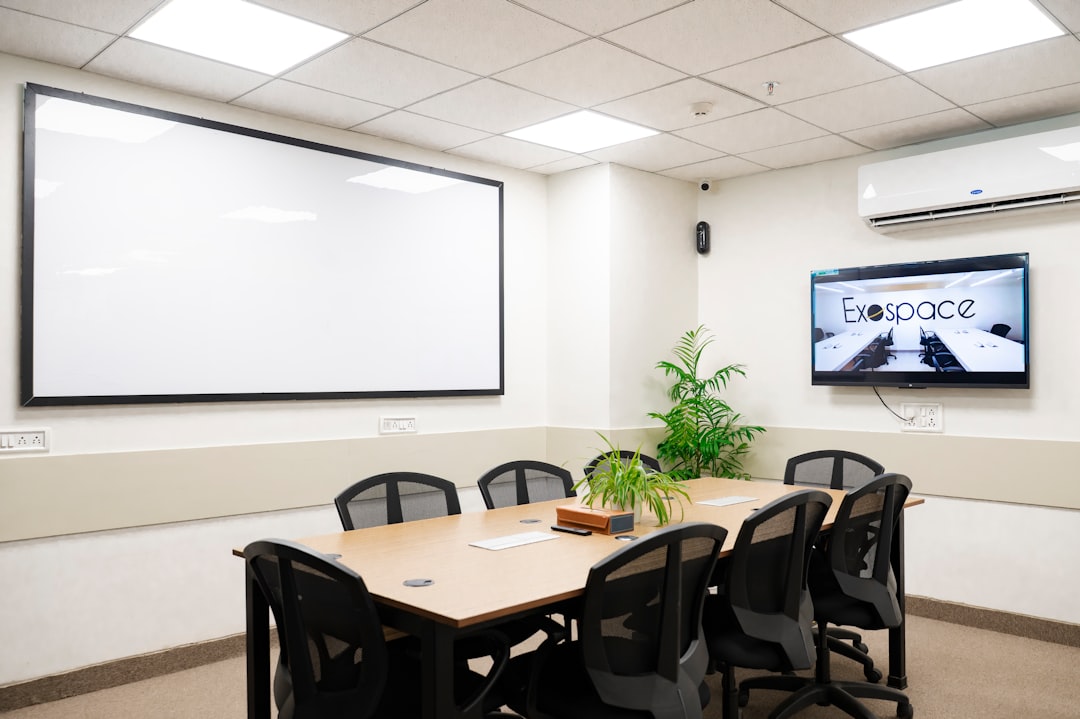
In today's dynamic environment, the integration of audio-visual (AV) technology has become essential for businesses and organizations. Whether for conferences, presentations, or events, effective AV solutions enhance communication and engagement. Understanding AV infrastructure planning is crucial for ensuring that these technologies are properly implemented to meet specific needs. This article will explore the key components and technologies involved in AV infrastructure, guide you through assessing your requirements, and offer best practices for successful planning and implementation.
Understanding AV Infrastructure: Key Components and Technologies
AV infrastructure encompasses a range of components that work together to deliver audio and visual content effectively. The primary elements include:
- Display Technologies: This includes projectors, screens, and LED displays that present visual content. The choice of display technology often depends on the size of the venue and the type of content being presented.
- Audio Systems: High-quality microphones, speakers, and audio mixing equipment ensure clear sound delivery. The layout and acoustics of the space can significantly affect audio performance.
- Control Systems: These systems facilitate the management of AV components, allowing users to switch between different sources, adjust volume levels, and control lighting, all from a centralized interface.
- Connectivity Solutions: This includes cabling, wireless transmitters, and network systems that enable seamless communication between devices and ensure reliable data transfer.
- Video Conferencing Tools: For remote collaboration, integrating video conferencing capabilities is essential, allowing participants to connect from various locations.
Understanding these components is the first step in effective AV infrastructure planning. Each element plays a critical role in ensuring that the overall system functions cohesively and meets the needs of the users.
Assessing Your Needs: How to Determine the Right AV Solutions for Your Space
A thorough assessment of your specific needs is vital for effective AV infrastructure planning. Start by considering the following factors:
- Type of Events: Identify the nature of the events you will host. Are they primarily presentations, conferences, or hybrid events? Each type may require different AV solutions.
- Audience Size: The number of attendees will influence the scale of the AV setup. Larger audiences may necessitate more powerful audio systems and larger display screens.
- Space Layout: Evaluate the dimensions and layout of your venue. This includes understanding sightlines, acoustics, and available power sources. A well-planned layout ensures optimal audience experience.
- Budget Constraints: Establishing a budget helps prioritize which components and technologies are essential for your AV infrastructure. Consider both initial costs and ongoing maintenance.
- Future Needs: Anticipate potential future requirements. Choosing scalable solutions can ensure that your AV infrastructure remains relevant as your needs evolve.
By carefully evaluating these factors, you can make informed decisions about the AV solutions that will best serve your space and audience.
Best Practices for AV Infrastructure Planning: From Design to Implementation
Once you have assessed your needs, it is important to follow best practices to ensure a successful AV infrastructure planning process:
- Collaborate with Experts: Involving AV professionals during the planning stages can provide valuable insights. Their expertise in installation, acoustics, and technology integration can enhance the overall design.
- Conduct Testing: Before finalizing installations, conduct tests to ensure that audio and visual components function correctly within the venue. This can help identify any potential issues before events take place.
- Provide Training: Ensure that staff members are trained to operate the AV systems effectively. This will minimize technical difficulties during events and enhance overall user experience.
- Plan for Maintenance: Regular maintenance of AV equipment is essential for optimal performance. Establish a maintenance schedule and ensure that all equipment is kept in good working order.
- Document Everything: Keep detailed documentation of the AV infrastructure, including schematics and user manuals. This can be invaluable for troubleshooting and future upgrades.
Effective AV infrastructure planning can significantly enhance the quality of presentations and events, ensuring that audiences remain engaged and informed. By understanding the key components, assessing specific needs, and following best practices, organizations can create a robust AV environment that meets their objectives. For more tailored guidance and solutions in AV infrastructure planning, consider consulting with professionals who specialize in corporate AV integration.

